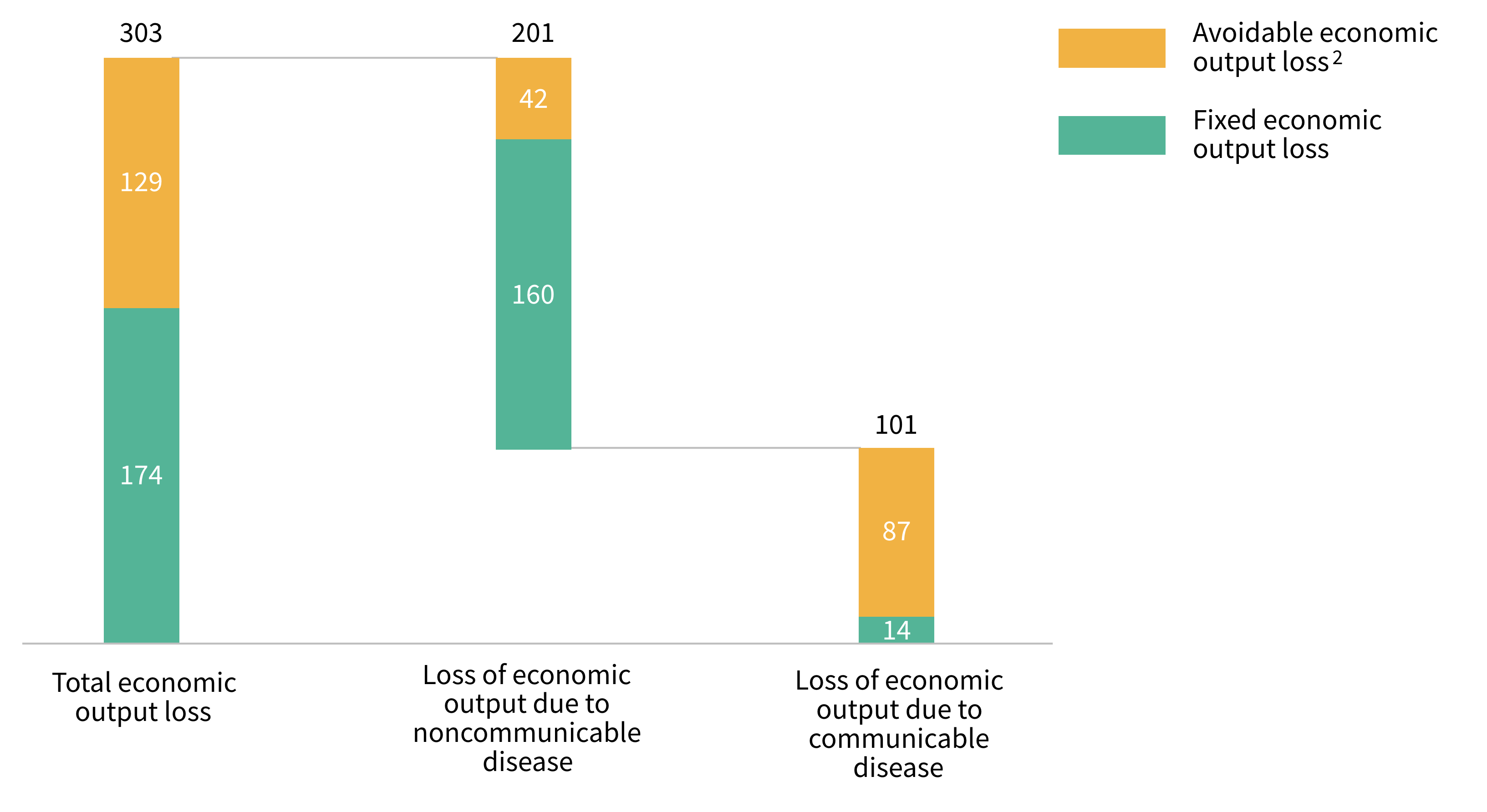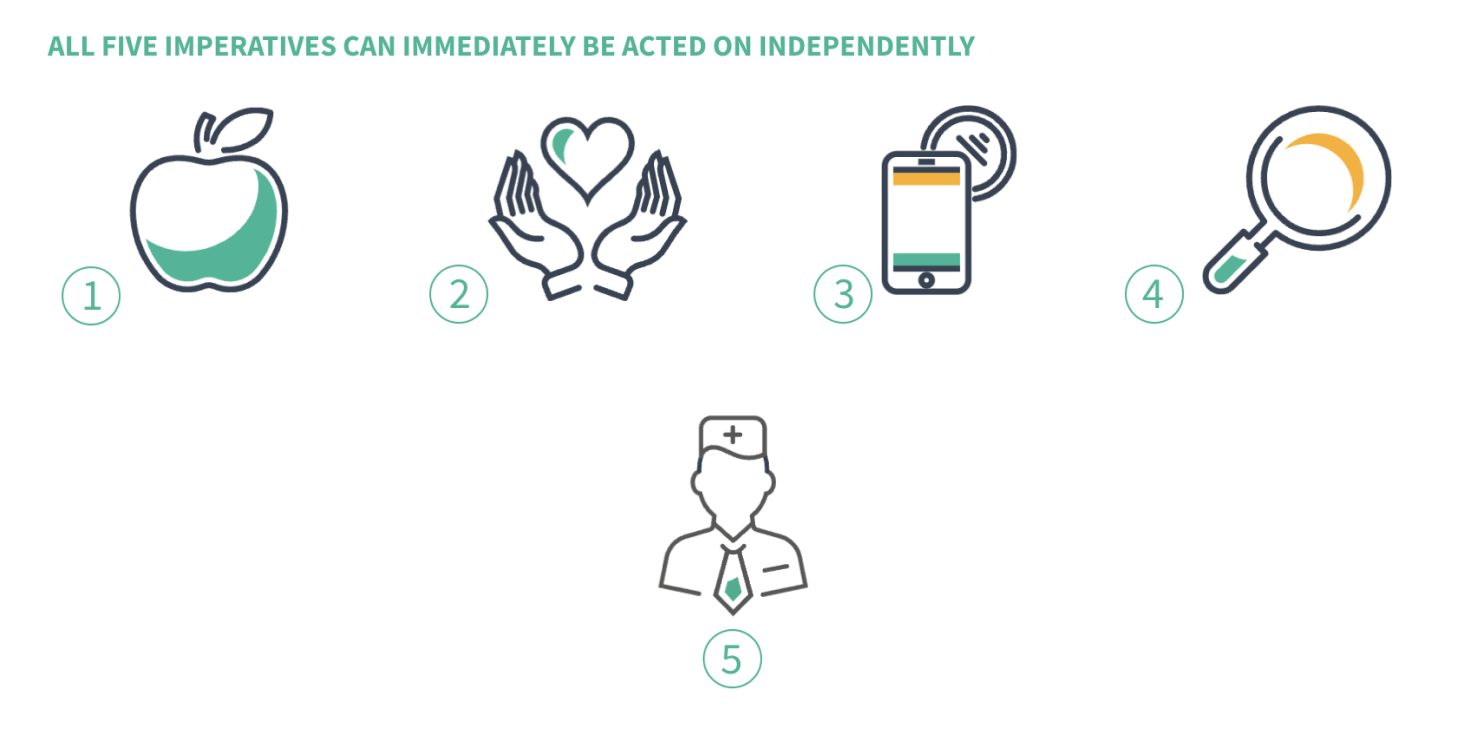Indonesia is one of the world’s great economic successes. It is already the 16th-largest economy in the world, with the third highest growth rate in the G20. At the current trajectory it will be one of the five biggest economies in the world by 2030. However, the current state of Indonesia’s healthcare industry and health present one of the largest impediments to achieving the country’s potential.
In the white paper The Future of the Indonesian Healthcare Ecosystem, our regional and healthcare experts identify the most critical pain points of the Indonesian healthcare ecosystem today and explain how healthcare providers can tackle these challenges and seize new opportunities.
Hear more from Timothy Colyer, Partner & Head of Indonesia for Oliver Wyman, about what can be done:
Scale of challenge for Indonesia’s healthcare industry is vast
The productivity loss to disease is estimated at close to 30 percent of GDP annually. More than $201 billion worth of economic output, nearly 19 percent of GDP, is lost annually due to low productivity caused by non-communicable diseases such as heart failure, respiratory problems, and cancer. A further $101 billion is lost due to communicable diseases such as typhoid and malaria.
A substantial part of this economic loss is unavoidable: Environmental and demographic factors cause higher levels of productivity loss to non-communicable diseases than in OECD countries. However, around $130 billion a year, or 14 percent of GDP, is avoidable. Examining avoidable losses also suggests that, despite the greater losses to non-communicable diseases, the avoidance of communicable diseases should be the priority:
Indonesia economic output loss2018, US$ BN

A vision of Indonesia's healthcare ecosystem in 2030
Fast forward to 2030, and Indonesia’s health and healthcare look radically different from today for the whole patient journey – from identifying health concerns to diagnosis, treatment, and post-treatment coordinated care. For a clearer view, we deep dive into the lives of three Indonesians to understand how they navigate differently the healthcare ecosystems of today and 2030, as they strive to remain healthy and productive:
The path to Indonesia Healthcare 2030
The idealised 2030 vision we have described is far from today’s reality. As Indonesia designs a blueprint for a healthcare ecosystem for the new era, it will need to manage the triple aims of high quality, low cost, and greater patient access. As it does this, we see five areas of particular priority. These are both the most important developments and the areas of greatest opportunity for private-sector players:
Path to Indonesia 2030
Five key imperatives to achieve the 2030 Indonesian Healthcare vision

A blueprint for how private- and public-sector players can act and cooperate for mutual and national benefit
There is a clear need to improve healthcare in Indonesia. A reformed system would present a compelling market opportunity for private-sector players. Improved health would generate national economic benefits. And there is an ethical case for improved health outcomes for the local population. Private-sector players with the right ambition and approach can make a significant contribution to the nation while developing successful businesses. The blueprint below will show them how:













